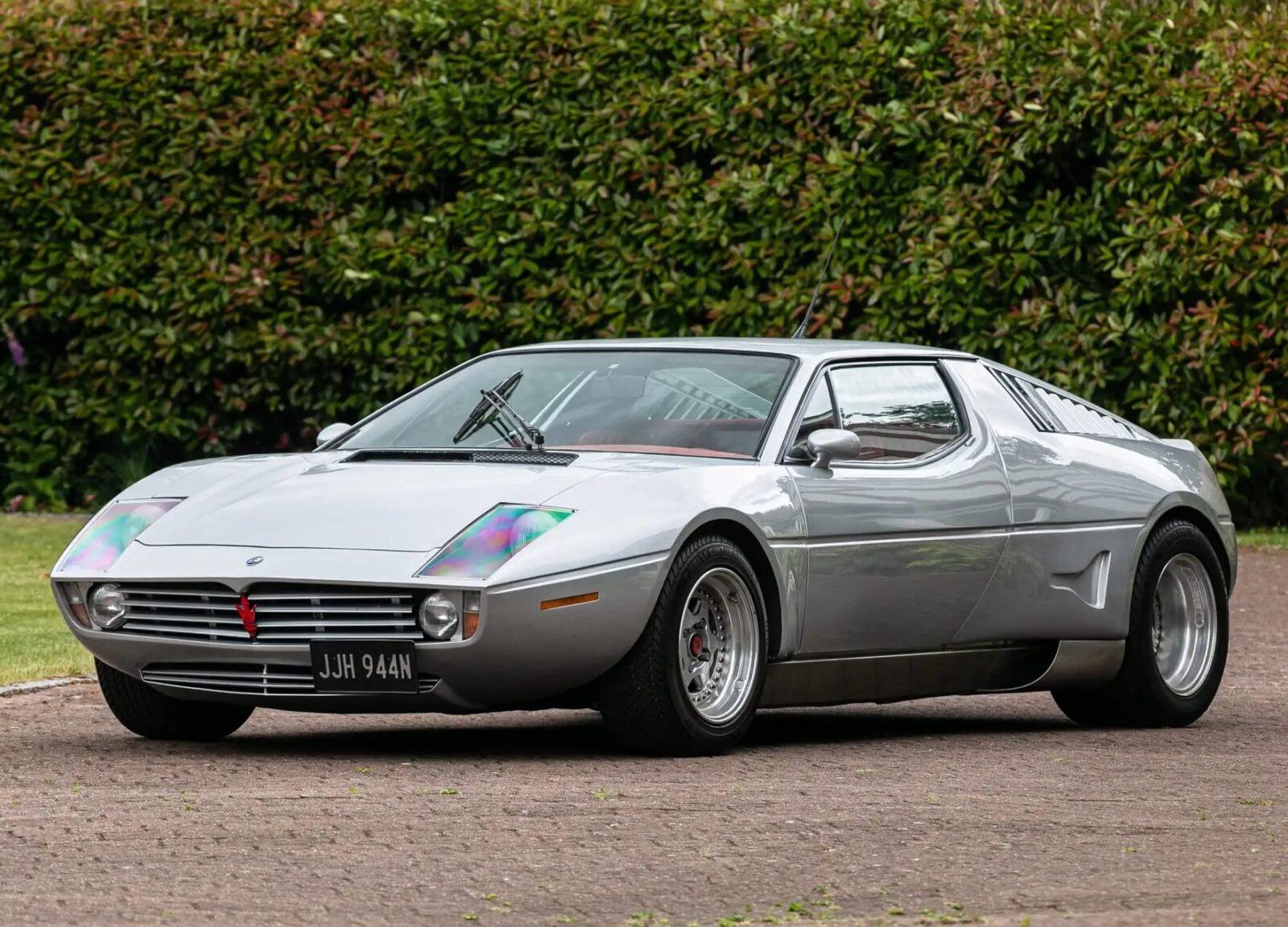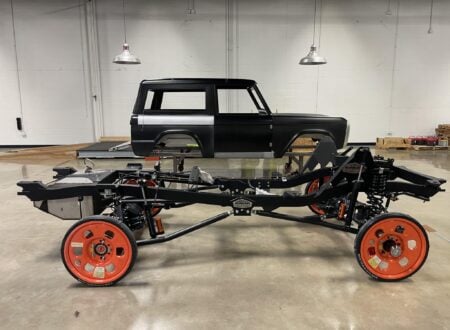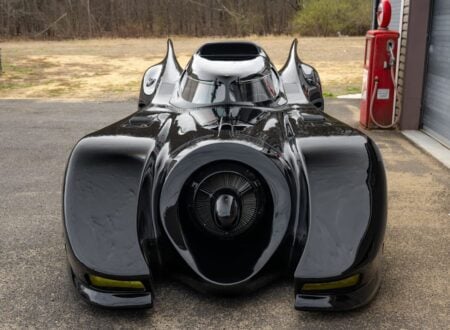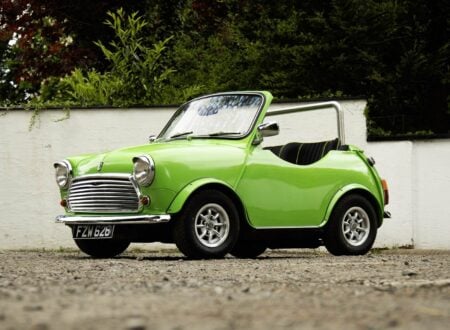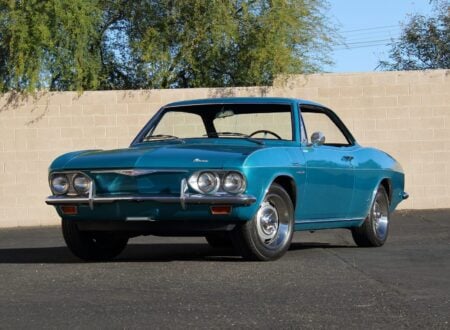This is the only Saurer Maserati Merak that was ever made. It started life as a standard 1975 Merak before being completely re-bodied in aluminum by Carrosserie Saurer in Switzerland in 1984.
The Merak was released in 1972 as a competitor for the likes of the Porsche 911, the Ferrari Dino 308 GT4, and the Lamborghini Urraco. It offered 2+2 seating, a 3.0 liter V6, a 5-speed transmission, and handling that was highly praised by the motoring media of the day.
Fast Facts: The Saurer Maserati Merak
- The Saurer Maserati Merak is a unique, one-off car built by Carrosserie Saurer in Switzerland in 1984, featuring a bespoke aluminum body inspired by Group 4 racers. It retains the original Maserati Merak unibody and drivetrain, with modifications including widened wheel arches, revised front-end styling, and grilles beneath the rear flying buttresses.
- Initially introduced in 1972, the Maserati Merak was a mid-engine, 2+2 sports car designed by Giorgetto Giugiaro. It was powered by a 3.0 liter DOHC V6 engine originally producing 190 bhp, offering a top speed of approximately 140 mph and a 0-60 mph time under eight seconds.
- The Merak was Maserati’s entry-level offering designed to compete with mid-tier sports cars of its era like the Porsche 911, Lamborghini Urraco, and Ferrari Dino 308 GT4. It was praised for combining Italian styling, respectable performance, practicality, and a lower cost, becoming one of Maserati’s best sellers with just over 3,000 produced.
- Post-1974, under Alejandro De Tomaso’s leadership, Maserati introduced performance-focused variants including the Merak SS with 220 bhp and the Italy-specific Merak 2000GT. Despite its successful sales run and broad popularity, the Merak often remained overshadowed by its sibling, the V8-powered Maserati Bora, though today it’s gaining recognition as a classic collectible.
History Speedrun: The Maserati Merak
The Merak was introduced in 1972 as a more affordable and accessible alternative to the Bora, sharing its platform and much of its styling while adopting a smaller V6 engine. It remained in production until 1983, during which time it served as Maserati’s “entry-level” mid-engined sports car.
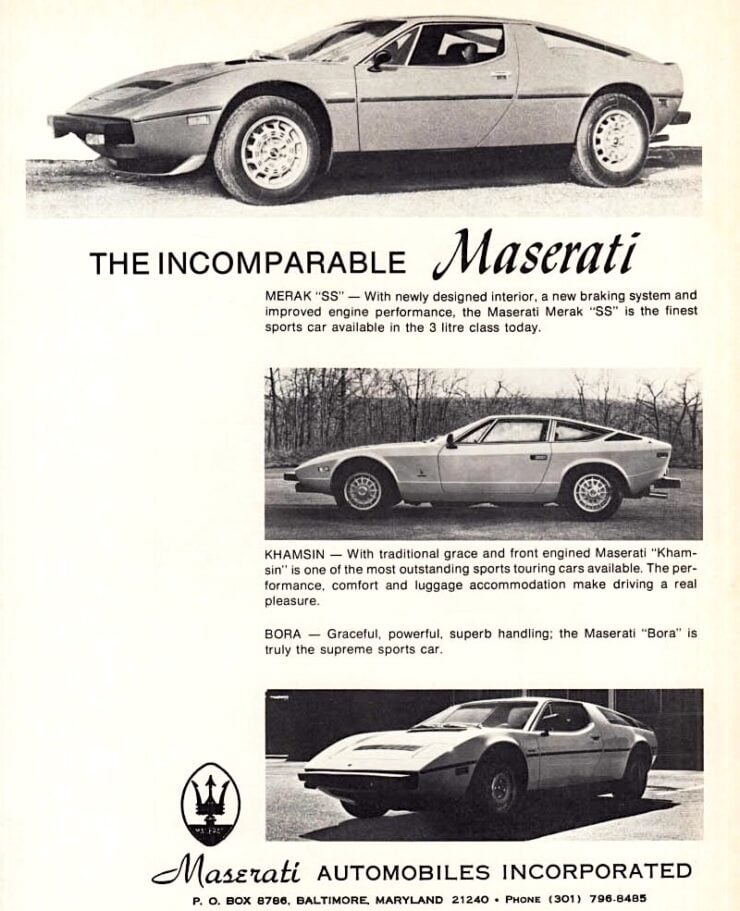

The Merak was designed by Giorgetto Giugiaro at Italdesign and bore a striking resemblance to the Bora from the front, but was distinguished at the rear by open flying buttresses in place of the Bora’s full glass fastback.
Maserati developed the Merak during a tumultuous period in its history, by the early 1970s, the company had come under the control of Citroën. This influence was evident in the Merak’s use of Citroën’s hydraulic systems, including the braking and headlight retraction mechanisms.
The interior also borrowed heavily from Citroën models, particularly the SM, with shared switchgear, seats, and instrumentation in early versions. The car was engineered by Giulio Alfieri, Maserati’s long-serving technical director, using a modified Bora chassis that replaced the V8 with a transversely mounted 3.0 liter V6 derived from the Citroën SM.
This DOHC engine produced around 190 bhp in the original Merak, giving the car a top speed of approximately 140 mph and a 0 – 60 mph time just under 8 seconds.
The Merak’s Place In The Market
The Maserati Merak is often seen as a lesser model that lives in the shadow of its faster, V8-powered sibling the Maserati Bora. Both cars share much the same body and suspension, but they were built with very different target audiences and competitors in mind.
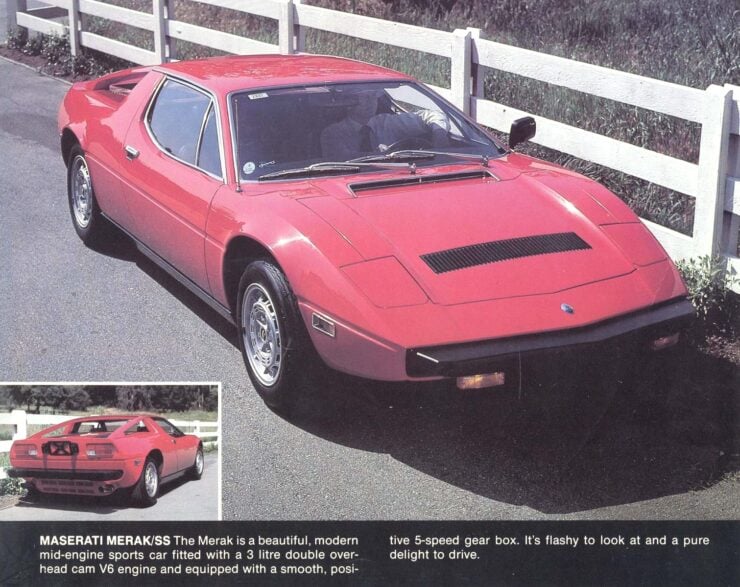

Whereas the Maserati Bora was aimed squarely at the DeTomaso Pantera, Lamborghini Miura, and the mid-engined cars that would follow like the Ferrari 365 GT4 BB.
The Maserati Merak offered more interior space, including 2+2 seating (the Bora had only two seats), it was less costly, and it was developed to target successful mid-tier rivals like the Lamborghini Urraco, Porsche 911, and the later Ferrari Dino 308 GT4.
In 1975, Maserati introduced the Merak SS, a higher-performance variant that increased power output to 220 bhp through improved carburetion and it had a lighter overall curb weight. The SS also had a revised interior with more traditional Maserati switchgear after Citroën’s exit from the company, following its bankruptcy in 1974.
Alejandro De Tomaso took control of Maserati in 1976, and later Meraks reflected his influence, including the introduction of the more cost-conscious Merak 2000GT in 1977. This version was built primarily for the Italian market, where cars over 2.0 liters incurred heavy taxes. The 2000GT used a smaller 2.0 liter version of the V6, producing a still-respectable 170 bhp.
Sales figures for the Merak were strong, perhaps an indication of its role as a more accessible model in the Maserati range. Between 1972 and 1983, approximately 1,830 units of the original Merak were built, along with 1,000 Merak SS models.
The 2000GT was limited to around 200 units, making the total production run just over 3,000 cars. These figures made the Merak one of Maserati’s best-selling models of the era.
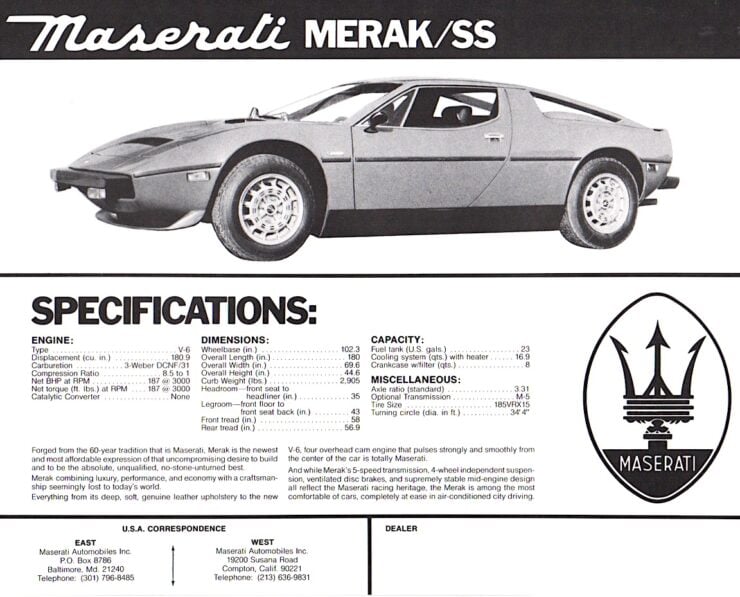

Today, the Merak is seen as an underrated classic by many, with increasing recognition for its blend of Italian style, Citroën quirkiness, and relatively good usability. The use of many Citroën parts on the earlier models also helps to keep maintenance costs lower than if all bespoke Maserati parts had been used.
The Saurer Maserati Merak Shown Here
The car you see here is the only one of its kind in the world. It’s a 1975 Maserati Merak that was given a comprehensive re-body in Switzerland in 1984 by Paul Saurer of Carrosserie Saurer.
Saurer and his team removed the original steel body, but kept the underlying unibody chassis in place. A series of new body panels were then hand-formed from aluminum, keeping the spirit of the original Giorgetto Giugiaro design in place but adding a hefty dose of Group 4-inspired styling with much wider wheel arches, a new front end, grilles inset under the rear flying buttresses, and a slew of other small touches.
Exactly why the car was built isn’t known, but it remains the only example ever made, and even many of the more committed members of the Maserati community have never heard of it.
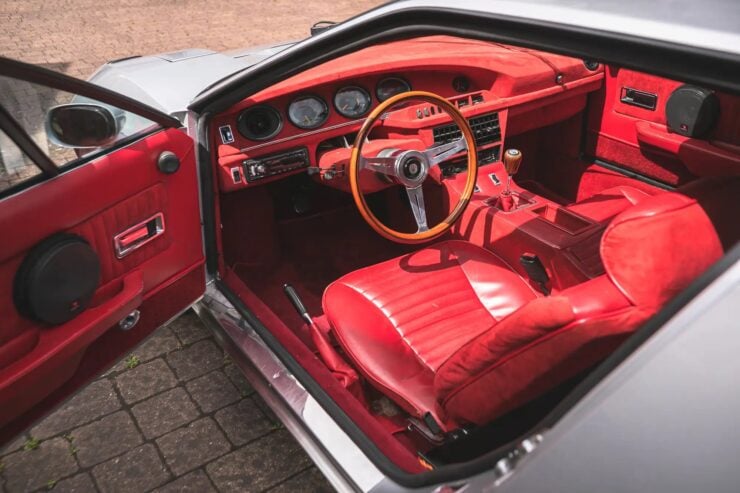

The car now benefits from almost £30,000 worth of work including (but not limited to) new suspension, independent hydraulics for the clutch system, timing chain and tensioner upgrade kit, new wiring harness, bodywork/rear window repairs, new condenser kit/points, new fuel pump, new hoses throughout, rebuilt alternator, accelerator/engine cover cables replaced, and a set of new tires.
It’s now due to roll across the auction block with Iconic Auctioneers in August with a price guide of £30,000 – £40,000 or approximately $41,200 - $55,000 USD. If you’d like to read more about it or register to bid you can visit the listing here.
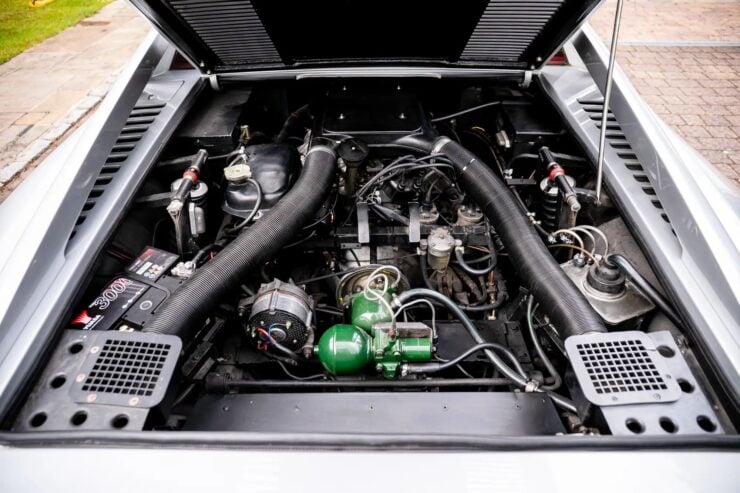
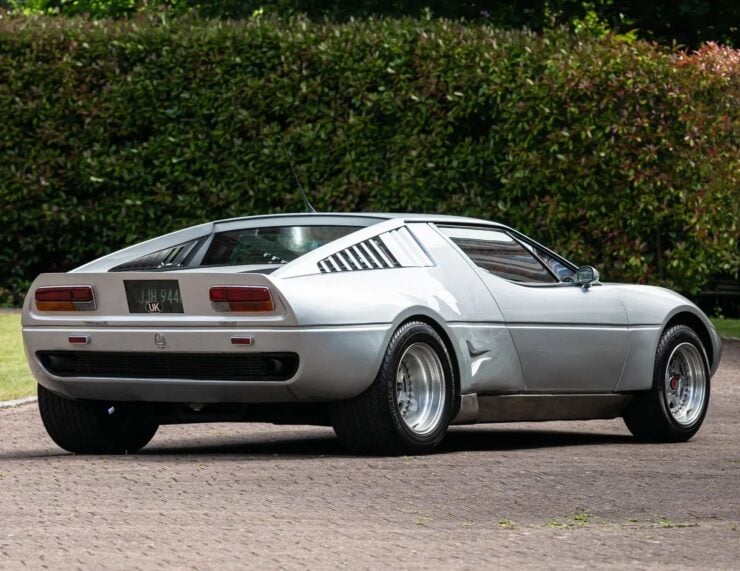
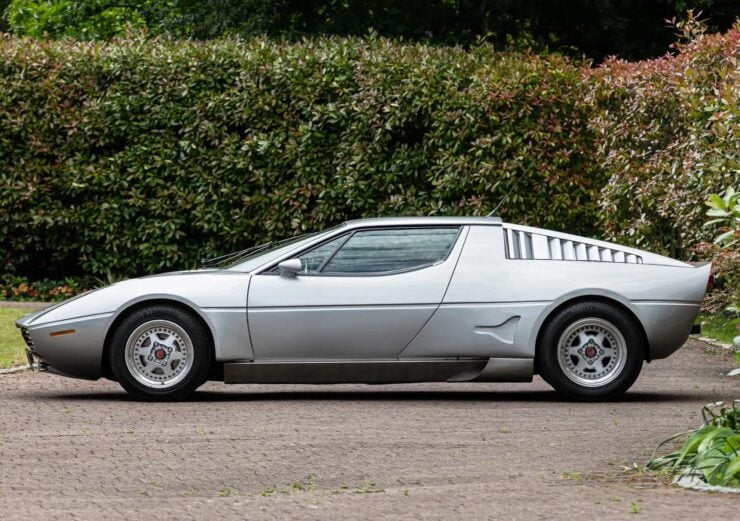
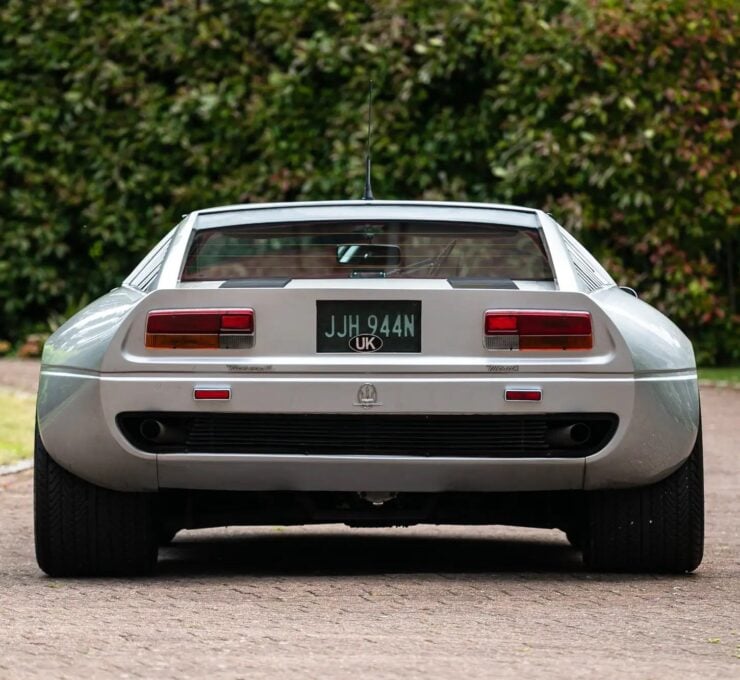
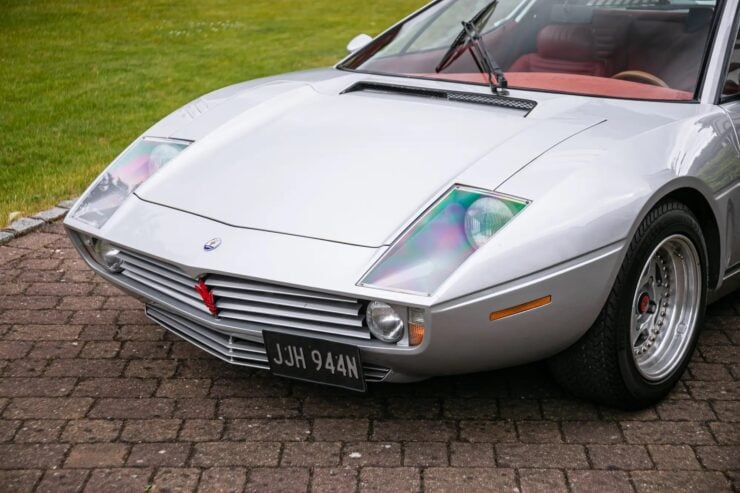
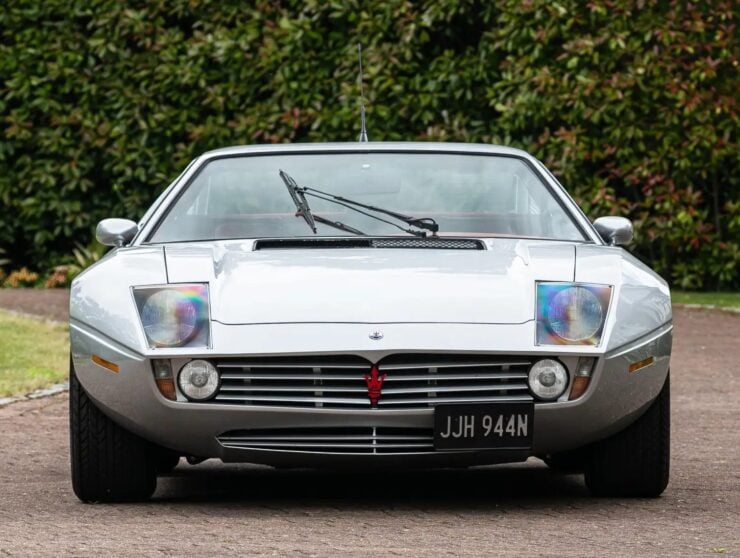
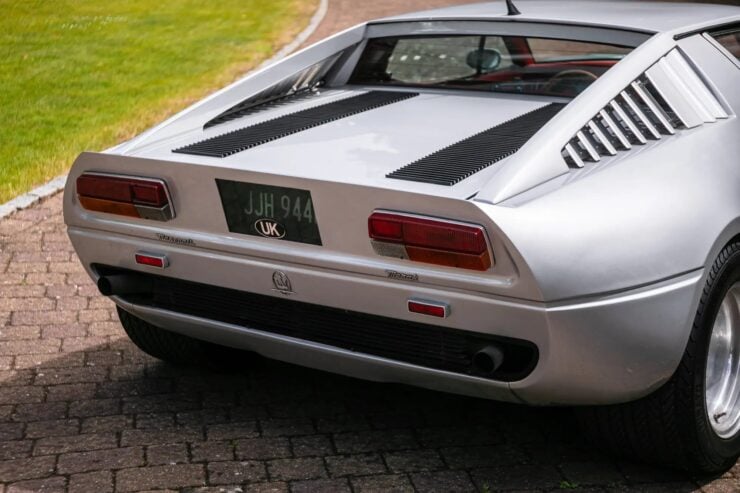
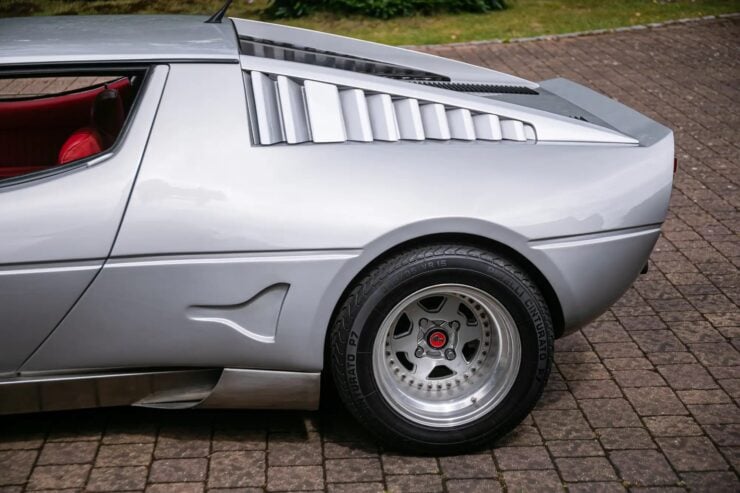
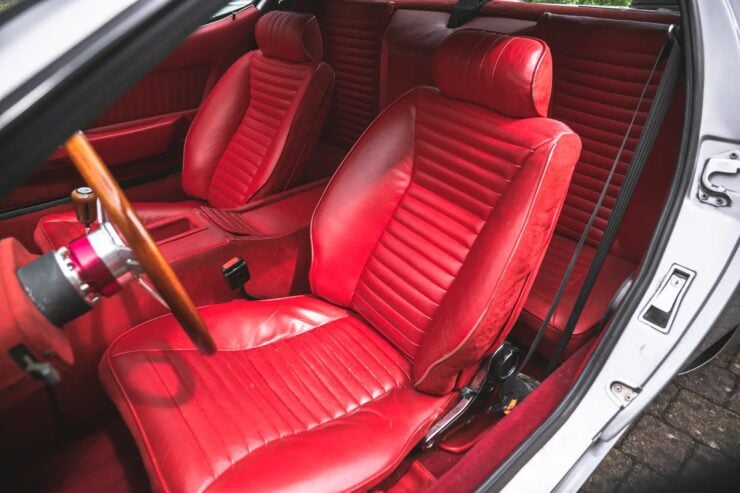
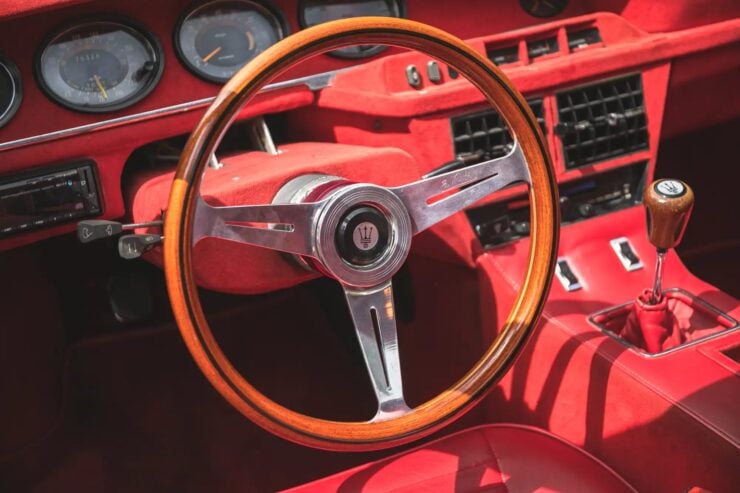
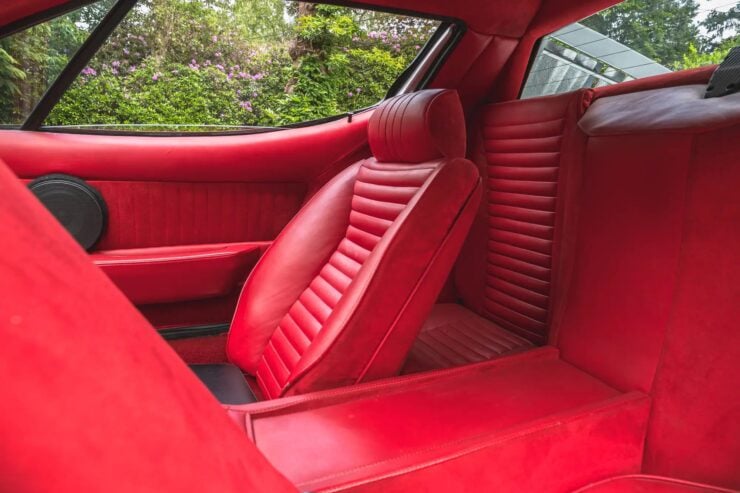
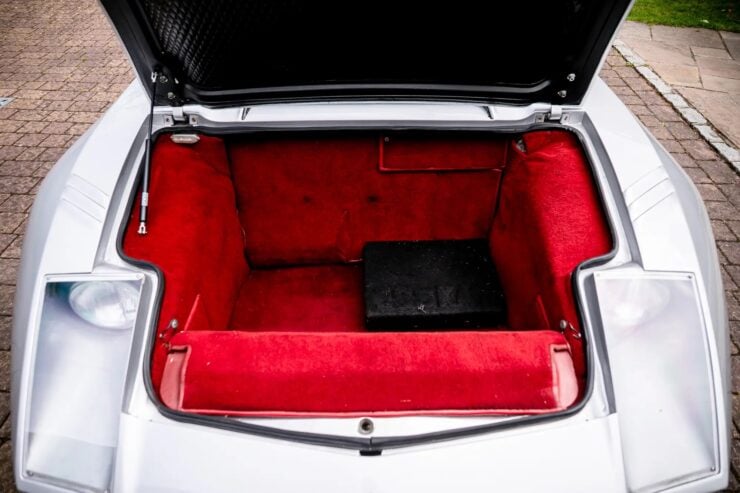
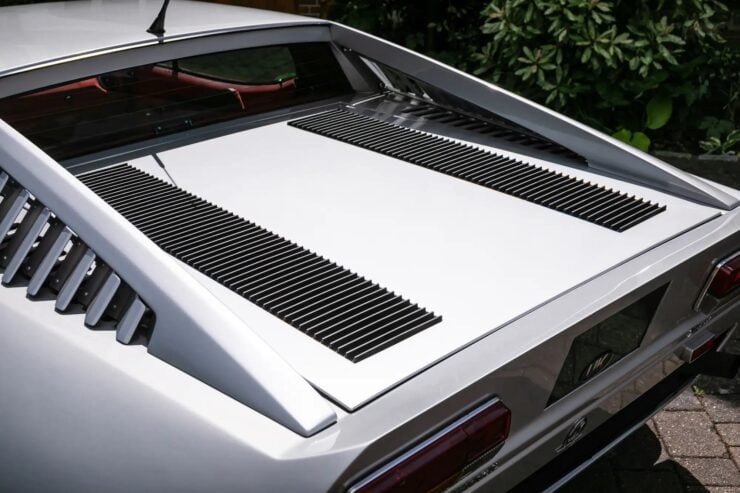
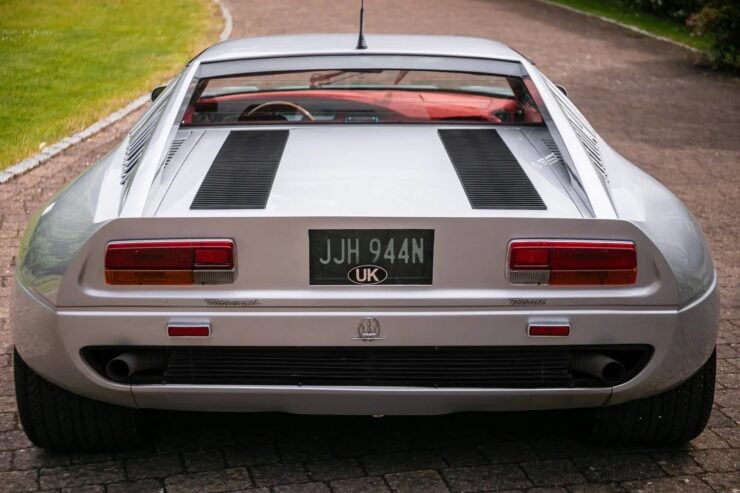
Images courtesy of Iconic Auctioneers

